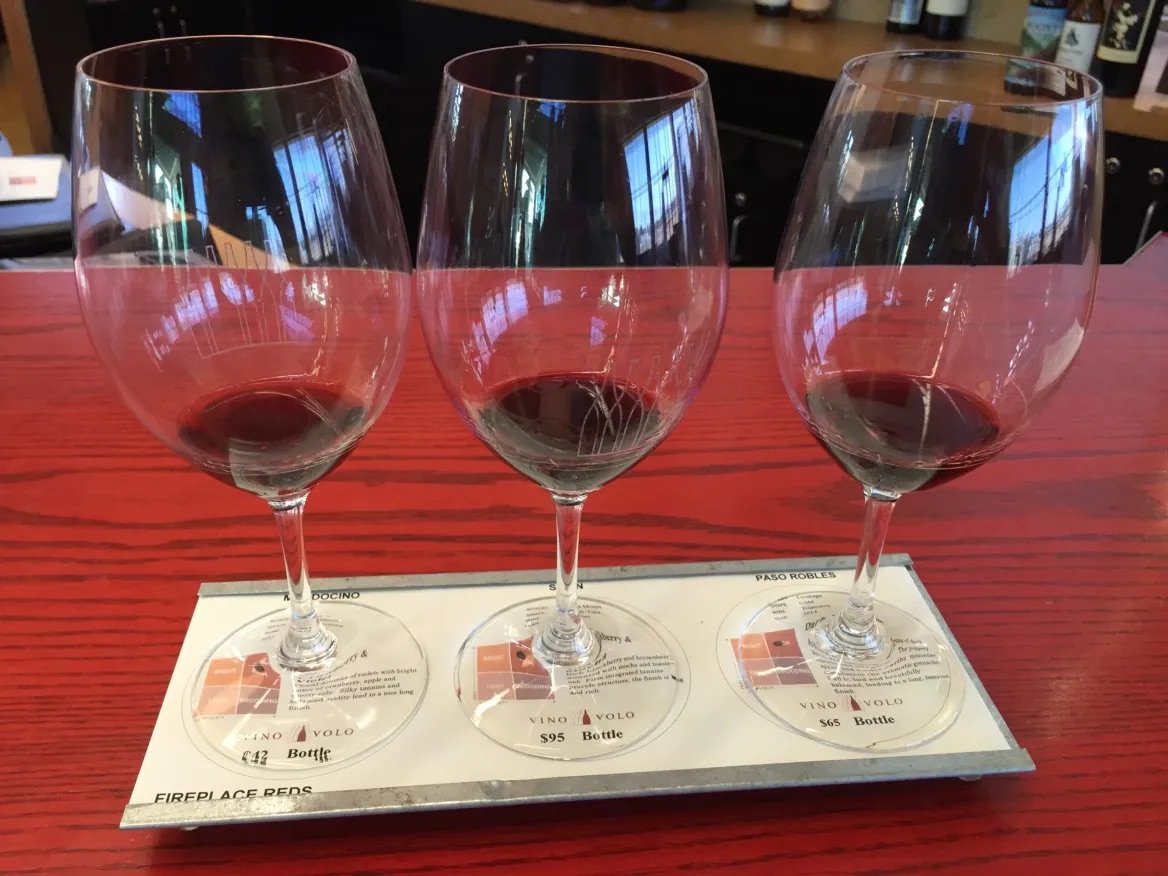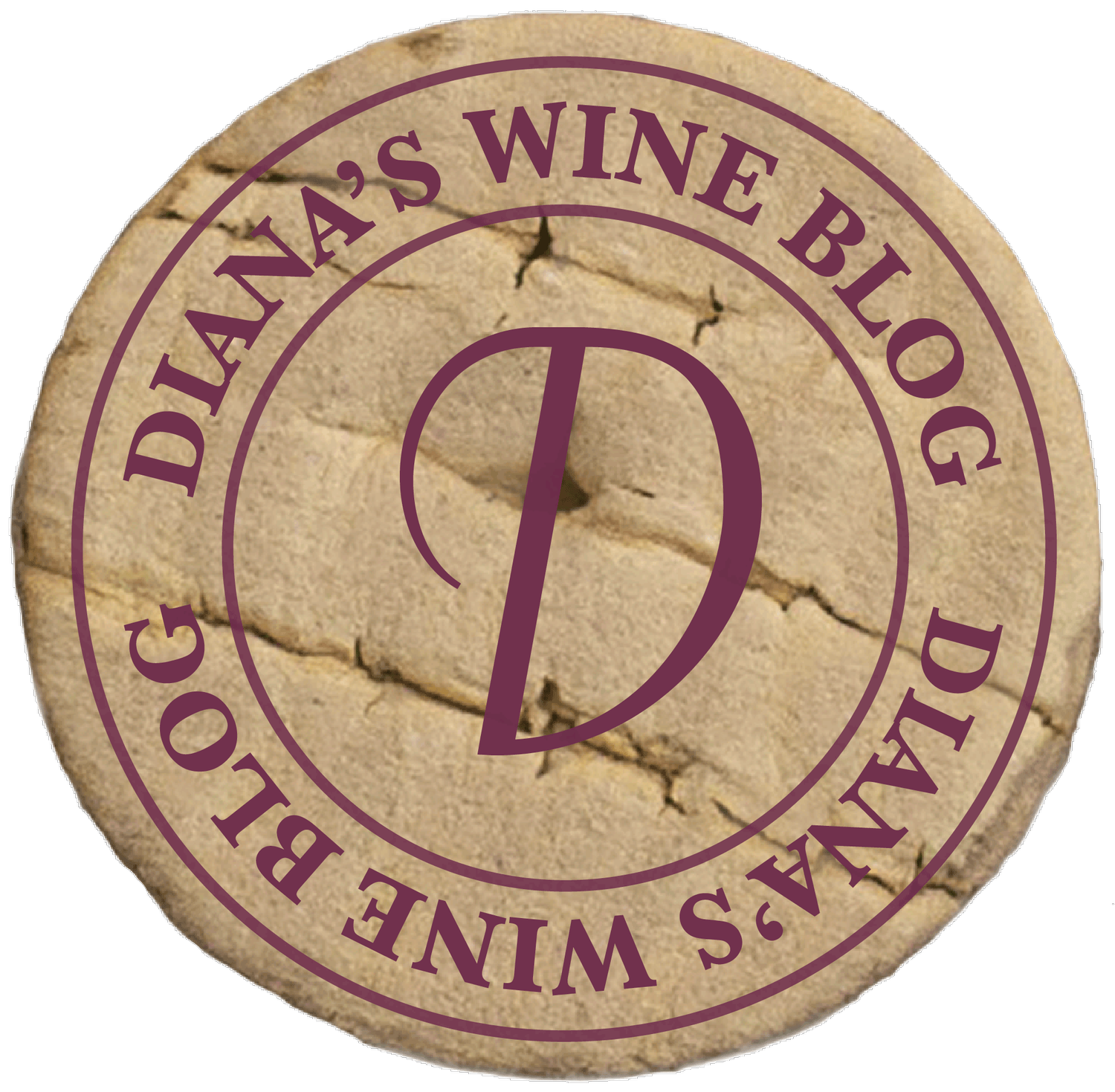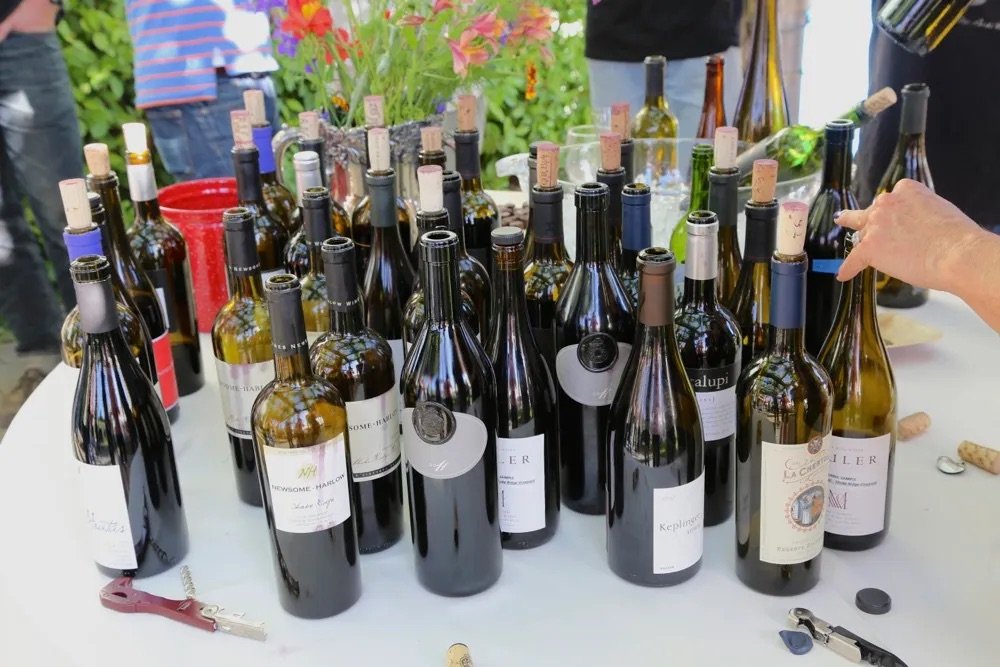Wine: How Do I Choose??
This is a simple question, yet the answer can be very complex. In surveys, the number one reason people do not drink wine is that they find it too hard to choose which one to buy. It is a big question, no doubt. Just recently I read a blog that listed the number of different bottles of wine available to buy in the world at any point in time, and it totaled a million. Whoa, that is a big number to sort through. I fully appreciate the challenge.
Wine itself is not a single note expression like cola. When you pick up a bottle of Coca Cola or Pepsi, there is a specific flavor profile that is expected. The degree to which that expectation is met is tied to customer satisfaction and repeat sales. So, for a manufacturer to deliver, they must adhere to a specific process to replicate the product’s profile, time after time.
Winemaking is different. The focus is on balance and quality – not a single note expression of flavor. The best wines are complex expressions of varietal profiles combined with deft vineyard management and expert management and delivery of a wine that provides fresh liveliness from acidity, fruit and savory notes that unwind with depth, and a lasting finish. The best wine is never a single note or a truncated fruit that falls flat or tannins that simply rip the moisture from your tongue.
I’ve provided no help so far in choosing wine, I know. Let’s just say we are on a journey, and it is fair to enjoy the ride.
The first aspect is to understand what appeals to you. Are you a lover of big fruit flavors that provide mouth-watering finishes, or do you find pleasure in more subtlety? The other point to consider is if you enjoy the presence of big wines that provide intense fruit and sweet tones with textures and some astringency. This is an good place to start in your inquiry.
One of the biggest contributors to the varying degrees of the drying impact is tannins. This is the component that allows red wines to age and makes one of the biggest differences in a wine’s profile. Tannins impact color, ageability, and texture of a wine. They are also the biggest contributor of sediment in older wines. Part of the chemical reaction that takes place in a well-stored bottle is that smaller chains of tannin combine and form larger chains that precipitate out. That is part of what you see in an older wine bottle at the bottom or in the neck – depending on the angle stored. This is why the aged, well-crafted red wine will “soften” (become less stringent and drying) over time.
Wow, that was a mouthful – no pun intended. So, what does that mean to you in choosing a bottle? Well, consider the varietal’s tannin profile. White wines do not have tannins, and their structure is built more on acid. While some whites will age beautifully, many are intended to be drunk young. Beautiful whites to start enjoying are Chardonnay and Sauvignon Blanc. These are usually available at a more modest price as well.
As for red wines, the tannin progression becomes important. The least tannic starts with Rose¢ wines. It’s summer and a perfect time to experiment with Roses¢ from different varieties. The tannin progression moves up from there: Pinot Noir, Grenache, Merlot, Cabernet Franc, Zinfandel, Cabernet Sauvignon, Mourvedre, Petit Verdot. Note this is a general trend, and the presence exerted by the tannins is very much influenced by the winemaker’s interventions and craftsmanship.
My best recommendation is to start experimenting with certain varieties of wines and taste them. Buy some well-priced bottles that intrigue you and taste them to discover what appeals to you. Is it the aromas of certain fruits or the bright fruit flavors? Is it the thirst quenching finish? Or is it the different, more earthy aromas that you enjoy with the following subtle notes? The key really needs to be that you experiment with your own palette to truly understand what you enjoy. The access points are the questions you ask yourself and sipping with focus and observation.
It is a journey, and it can be a truly enjoyable one that sets you on the path to education. Knowing what you enjoy and that you appreciate certain aspects more than others is a good way to explore. You can expand your reach with every bottle to understand yourself and the pleasure of each wine.
Enjoy!



